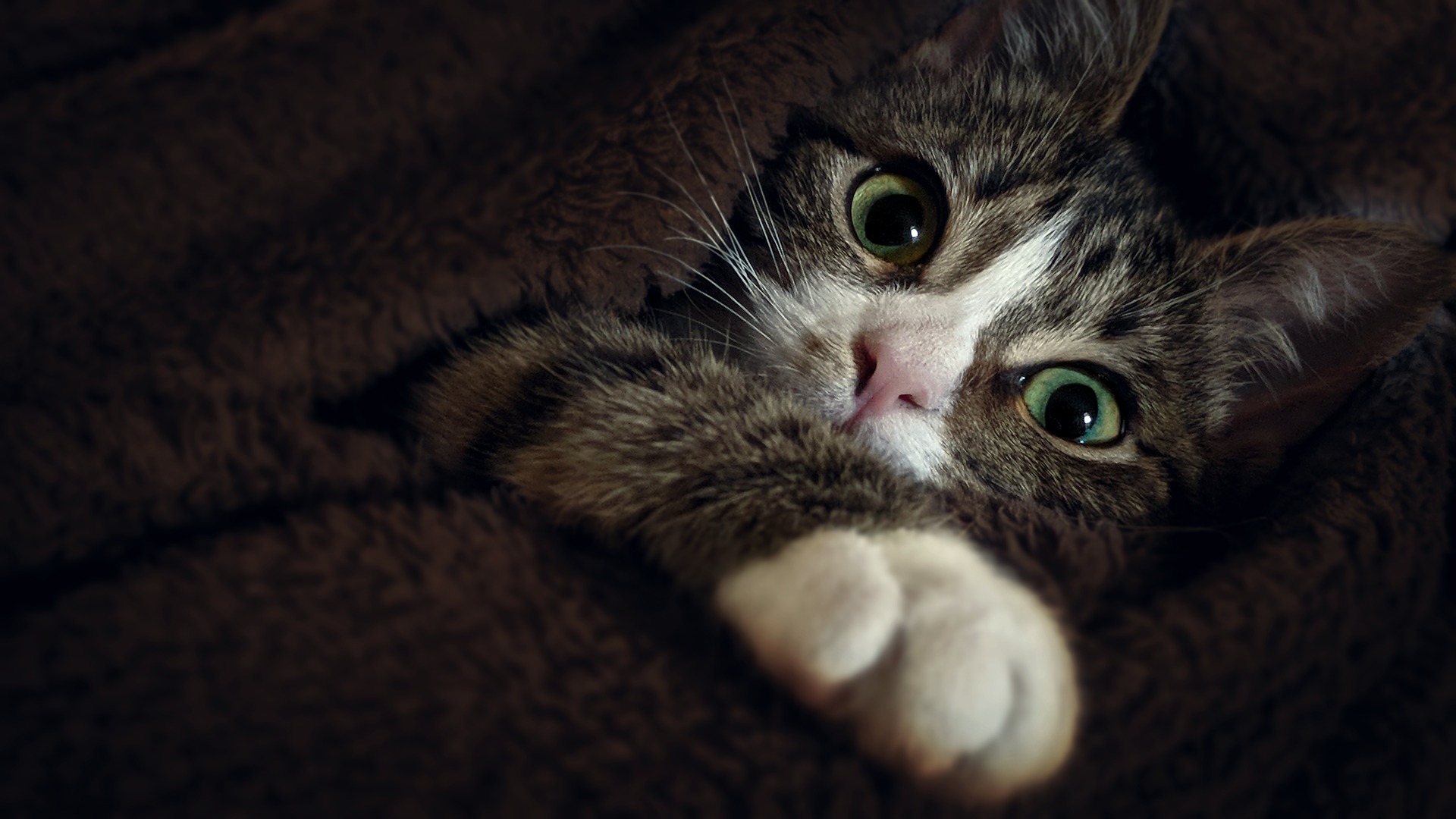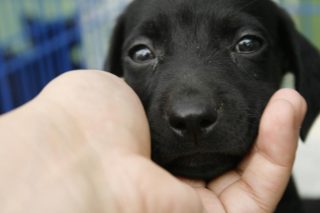
Pet Transport Tips
Are you moving and you don’t know how to bring your furbabies with you? Below you will find some information
Need help?
Pet Travel Containers
Size is essential for safety. It is not just essential but it is International Law that all animals are shipped in an IATA approved flight container that offers them comfort, safety and adequate ventilation during their flight. For cats and dogs you must ensure that they have enough room to stand up straight, turn around and stretch out inside the container. Please click here to get instruction about how to choose the right kennel for your pet.

Comfort
To make your pet more comfortable, you should place an old t-shirt or just a little piece of blanket in the container. This will help it feel at home whilst in a strange environment.
lt’s better for your pets to travel on an empty stomach (do not feed within 6 hours of departure). Treat as though going to the vet for an operation.
We recommend that you exercise your dog for about 30 minutes prior to collection.
It is a good idea to walk your pet before check-in and after arrival.
You should clearly mark the kennel with your pet’s name.
In addition to showing your name and address, you must mark the kennel with the telephone number of a person at the destination who can be contacted about your pet.
If your pet is traveling in the cargo system, remember that there is a processing period for cargo after arrival, which may vary depending on the airline, the airport, and whether your pet is arriving from a domestic or international location.
Remember: Even under the best conditions, air travel can be stressful on your pet. Be sure to talk to your veterinarian before transporting your pet by air to make sure that your pet is sufficiently healthy to withstand the stresses associated with air travel.

You may have read about the suggested use of tranquillizers during air travel on some pet related information sites. This is dangerous advice that can be fatal to your pet. ReloCat will NOT transport a pet that has been sedated.
